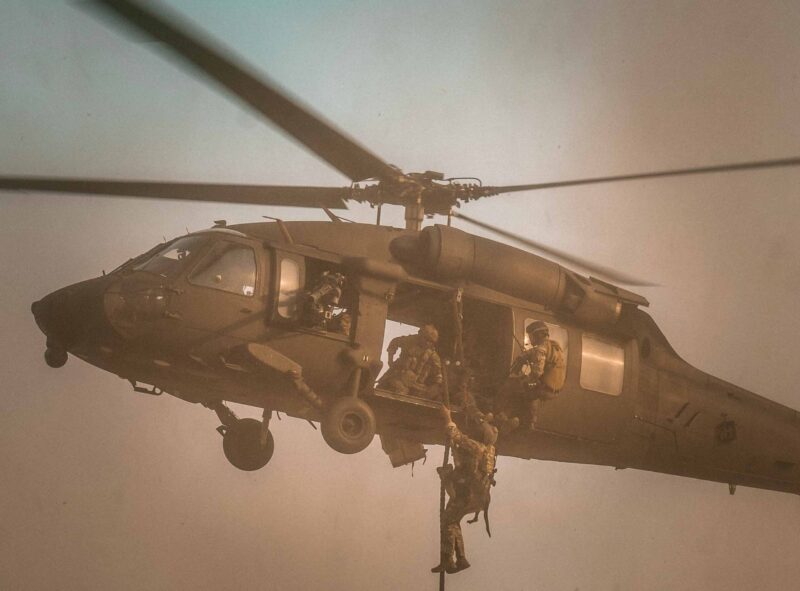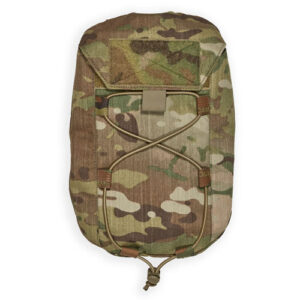Managing Fear and Fatigue in High-Stress Tactical Situations

In high-stress tactical situations—whether in the military, emergency services, police work, or high-stakes corporate decision-making—the management of fear and fatigue is not merely an individual issue; it’s a deciding factor in the success or failure of an entire operation. The body and mind respond to stress in potent and sometimes unpredictable ways. Fear can focus senses or dull judgment; fatigue can drain resilience or shut down critical decision-making processes altogether.
Learning to recognize, manage, and eventually overcome such physiological and psychological reactions is key to professionals working in high-demand occupations. This blog outlines simple techniques for managing fear and fatigue during stressful situations. It offers practical tips to enhance performance, cultivate mental resilience, and promote long-term well-being.
The Nature of Fear and Fatigue in Tactical Situations
Fear is an instinctive survival mode. It warns us of danger and gets our bodies ready to act. In the short term, fear can be useful because it triggers our “fight or flight” response. However, if stress is left unmanaged for too long, it can be detrimental. Excessive fear constricts attention, hinders creativity, and creates panic.
Fatigue is both a physical and mental condition. It happens when you are under stress or have been active for a long time. It accumulates over time and quietly drains performance, resulting in delayed reaction times, poor judgment, irritability, and even complete mental breakdowns in extreme situations.
When it comes to tactical operations, the combination of fear and fatigue can be a volatile mix. Identifying and controlling them at the moment is not a choice; it’s a matter of survival.
Core Strategies to Overcome Fear and Fatigue
Overcoming fear and fatigue in high-pressure situations requires a proactive, multi-layered approach. It’s not about eliminating them; instead, it’s about learning the ability to identify them early and react effectively. The following strategies are based on both psychological science and battle-tested practices, enabling individuals to maintain performance, poise, and clarity when it matters most.
1. Create Situational Awareness Through Training

Confidence under pressure starts with preparation. Constant exposure to simulated, high-stress situations habituates the brain and body to respond more effectively when actual danger arises. Training like a tactical operator should go beyond just counting repetitions. It should include challenging situations that require quick thinking and flexibility. The goal is to become familiar with stress, so when it happens, it feels manageable and under control.
2. Controlled Breathing Techniques
One of the quickest means to reverse the body’s stress response is through conscious breathing. Methods such as box breathing quiet the nervous system and allow for regaining stability. Performing this regularly not only eliminates instantaneous fear but also creates long-term resilience. Tactical operators frequently employ this technique before operations or during periods of high stress to remain grounded.
3. Micro-Rest and Recovery Cycles
In extended tactical operations, rest is a strategic asset. Taking short, intentional breaks—even just a few minutes—can help prevent physical and mental exhaustion. These micro-recovery periods help sustain focus, sharpen reaction times, and avoid burnout. Leaders should normalize and schedule these breaks, even during high-tempo missions, as part of operational discipline.
4. Cognitive Reframing
The way we think about fear makes all the difference in its effects on us. Seeing fear as a signal to be alert and prepared, rather than a sign of weakness, helps reduce its power. This shift in thinking can change panic into purpose and focus. The words you use with yourself during stressful times can either increase your fear or help calm you down.
5. Nutritional and Hydration Support
Properly fueling the body with the right nutrients boosts mental energy and emotional control. In a high-stress environment, adrenaline bursts can quickly drain hydration and blood sugar levels. Drinking water as a priority, combined with proper meals or snacks that include protein and complex carbohydrates, helps maintain sustained energy and improve cognition. Stay mission-ready and hydrated—grab your Chase Tactical Small Hydration Pouch today!
6. Sleep Hygiene (Where Possible)
Although long, continuous sleep may not be possible, the quality of sleep may still be protected. Even brief periods of rest may be maximized by eliminating distractions and establishing soothing pre-sleep routines. Sleep is not a luxury in tactical contexts—it’s a tactical imperative.
7. Team Communication and Peer Checks

Stress can make people feel isolated and can amplify small problems into significant ones. Encouraging open communication within a team helps everyone share the burden and feel safe expressing their emotions. Short, honest check-ins with teammates can spot signs of exhaustion or fear before they become serious issues. Strong teams allow for vulnerability and remind each other of their collective strength.
8. After-Action Reviews and Debriefing
Post-event debriefs offer more than just feedback on operations; they also help with emotional processing. These sessions let team members share their feelings, learn from the experience, and prevent stress from building up. A guided debrief normalizes emotional responses and supports a culture of continuous improvement.
Role of Long-Term Mental Fitness in High-Stress Tactical Situations
It’s crucial to manage acute fear and fatigue, but developing long-term resilience is equally vital. Incorporate the following habits into your lifestyle:
- Mindfulness Practice: Even 5 minutes a day can enhance emotional regulation and reduce baseline stress.
- Regular physical exercise: It supports both physical endurance and mental clarity.
- Mental Health Check-Ins: Periodic sessions with mental health professionals help individuals process stress and maintain optimal mental well-being.
- Resilience isn’t a one-time fix: It’s a lifestyle that involves daily habits, self-awareness, and a strong support network.
Conclusion
Anxiety and exhaustion are inevitable in high-pressure tactical environments, but they are not insurmountable. With training, preparation, self-awareness, and active recovery techniques, individuals and teams cannot only navigate these challenges but also excel despite them. By controlling your body and mind in the heat of pressure, you place yourself not only as a responder but as a resilient leader.
Frequently Asked Questions
What’s the quickest way to minimize fear during a crisis?
Directed breathing—particularly box breathing—can decrease heart rate and settle the nervous system in minutes. This can restore sound thinking during key moments.
How can I know if fatigue is affecting my decision-making?
Signs include slowed reaction time, trouble concentrating, irritability, poor memory, and tunnel vision. If you or your team recognize these, it’s time to take a strategic break or seek assistance.

